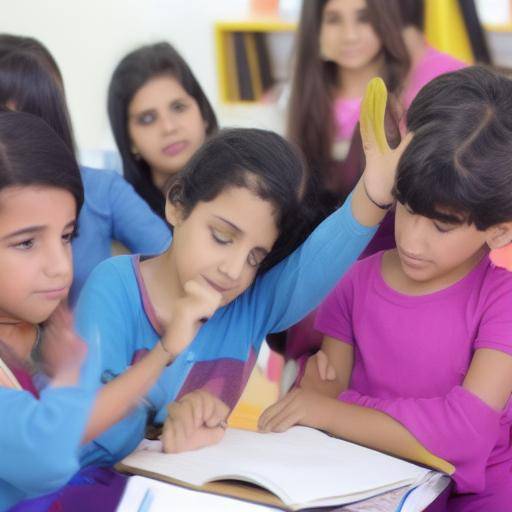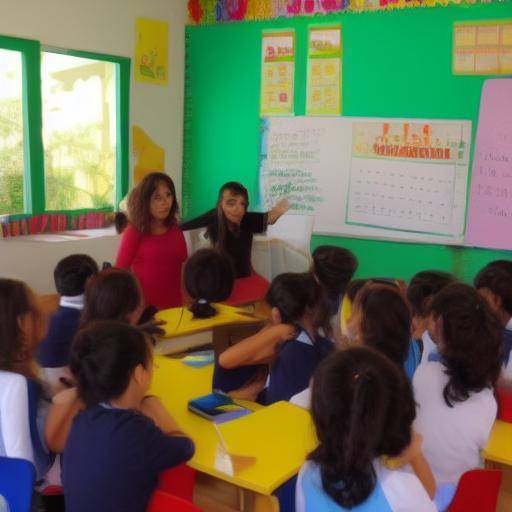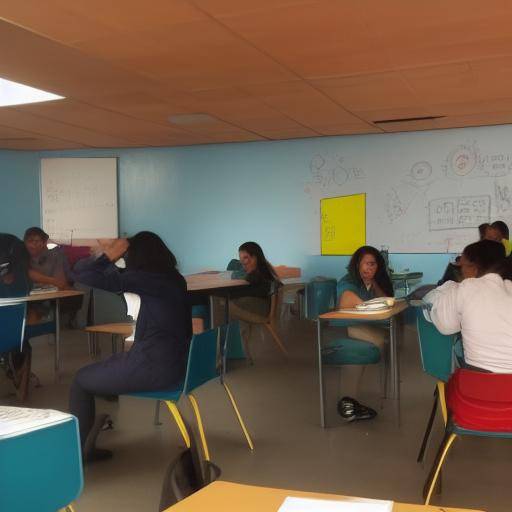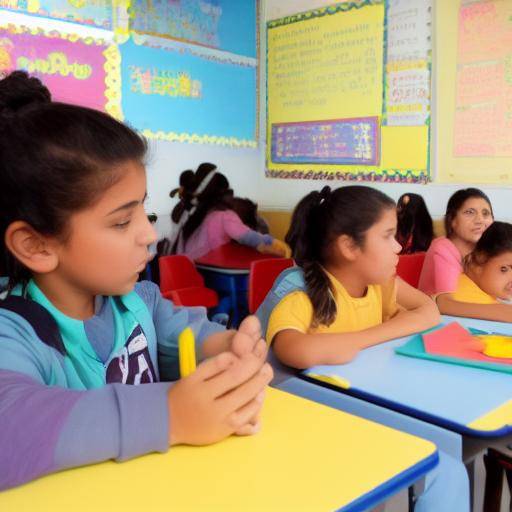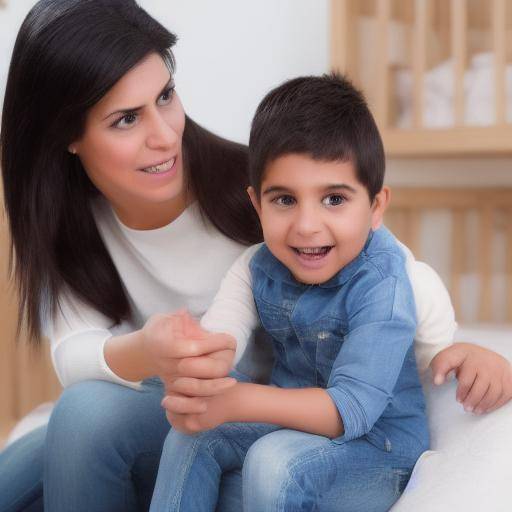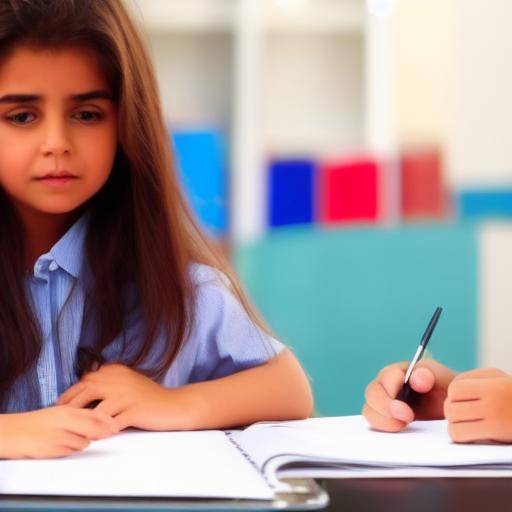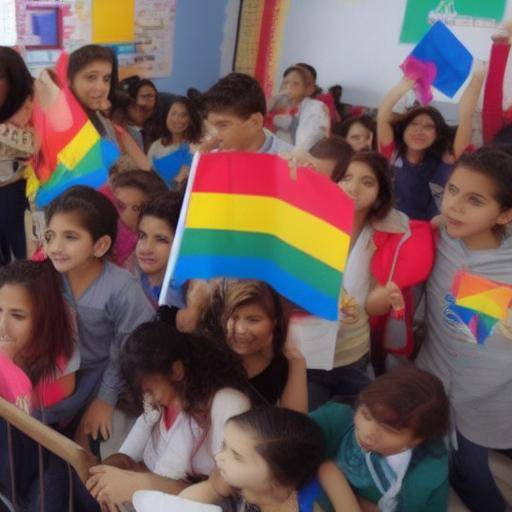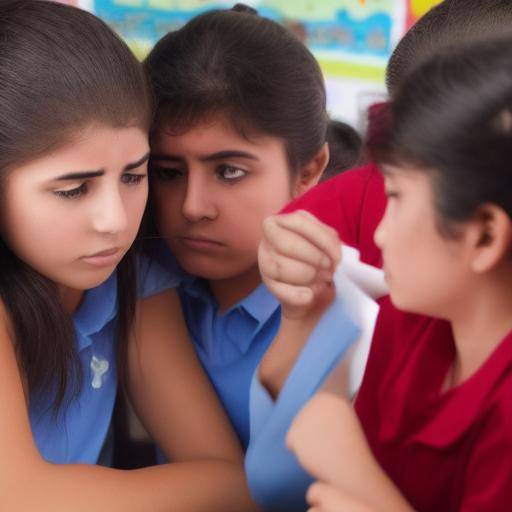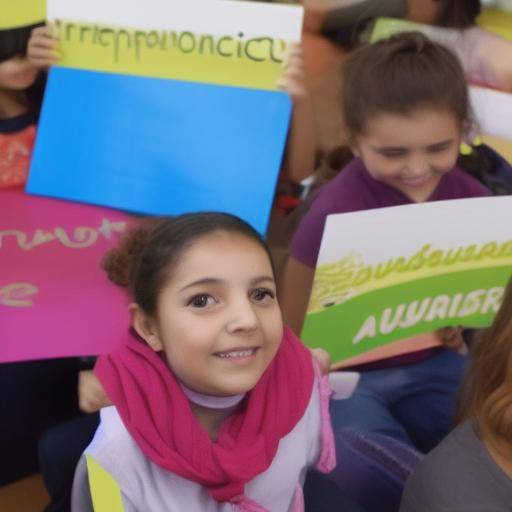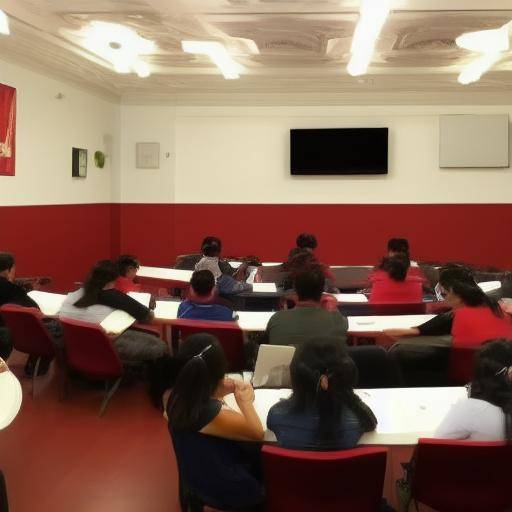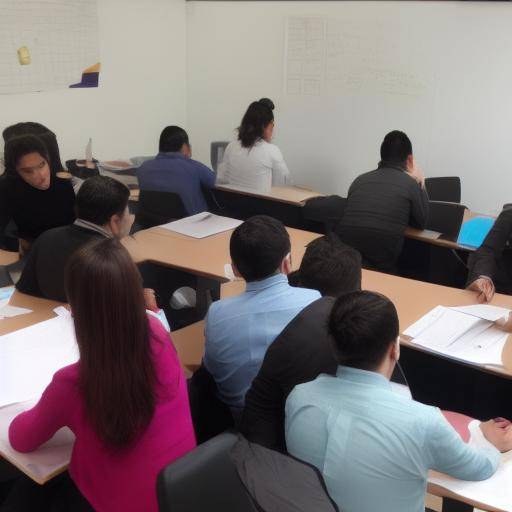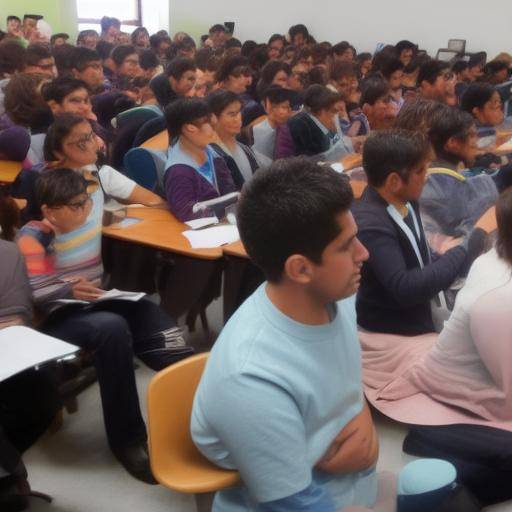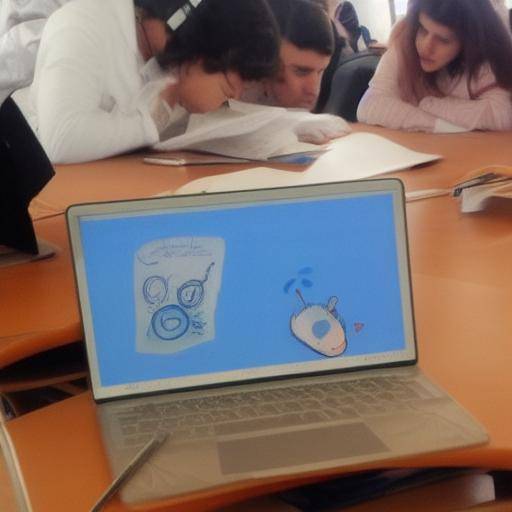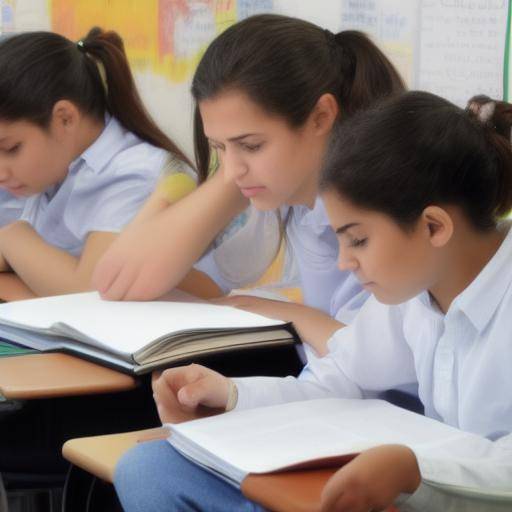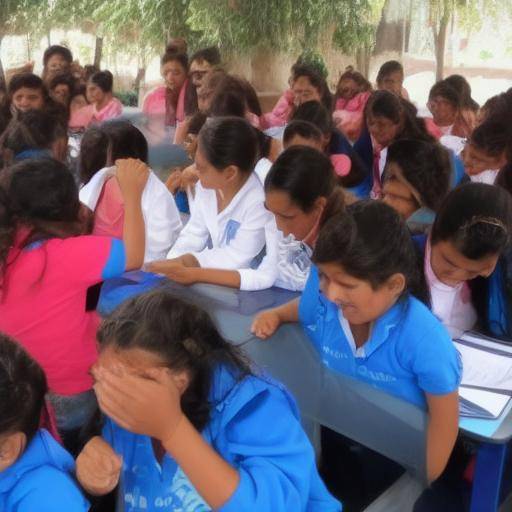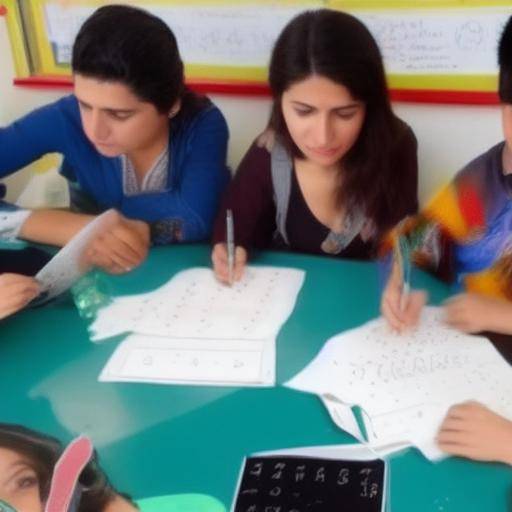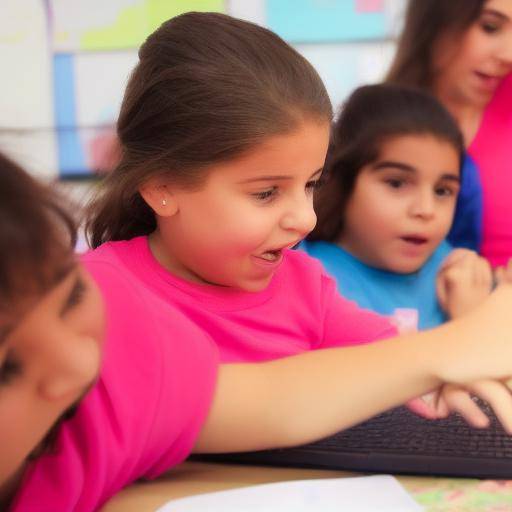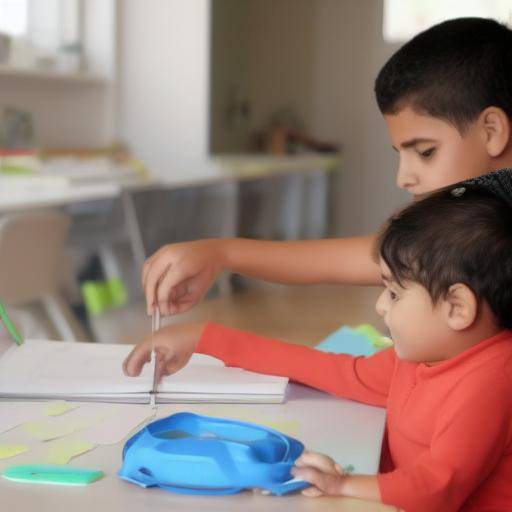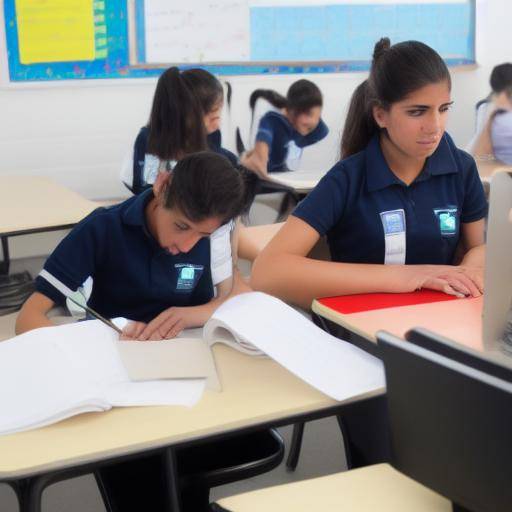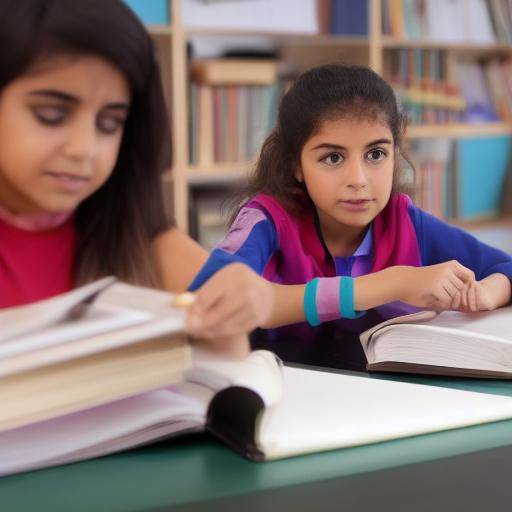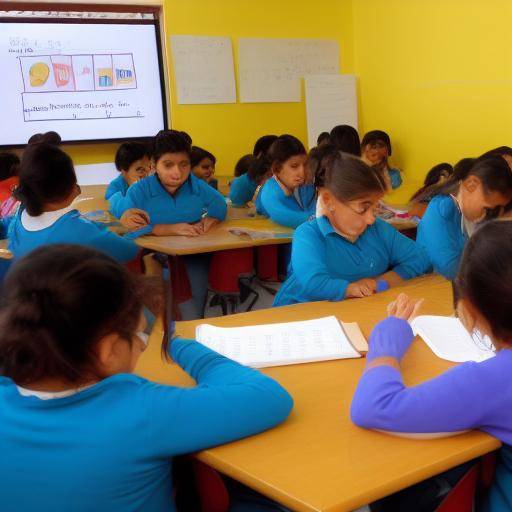
Emotional education has become a fundamental aspect in the integral development of students. At present, the school sector is not only focused on academic development, but also on the emotional well-being of students. In this article, we will thoroughly explore strategies for emotional education in the classroom, its importance, application and future trends.
Introduction
Emotional education in the classroom has gained relevance as a key element in the educational process, as it seeks to strengthen students' emotional skills. The development of competencies such as self-consciousness, self-regulation, empathy, social skills and ethical decision-making are essential elements that profoundly impact the academic performance and quality of life of individuals.
The implementation of effective strategies for emotional education in the classroom has become a key pillar in ensuring a healthy learning environment and fostering the comprehensive well-being of students.
History and Background
Emotional education has its roots in psychology and pedagogy, with a history dating back to the early decades of the twentieth century. The interest in emotional development and its relationship with learning has evolved over time, with significant milestones in understanding the importance of emotions in the educational context.
One of the pioneers in this field was the American psychologist Daniel Goleman, whose book "Emotional Intelligence" published in 1995, popularized the concept and its relevance in education. Since then, specific pedagogical models and approaches have been developed that integrate emotional education in the classroom in a structured and effective manner.
Deep analysis
Within the educational sphere, the implementation of emotional education strategies has shown positive impacts on multiple aspects. Studies have shown that students participating in emotional education programs show improvements in their academic performance, healthier interpersonal relationships and greater resilience to adverse situations.
Despite the proven benefits, the inclusion of emotional education in classrooms presents significant challenges. The lack of teacher training, institutional resistance and the need to design programs that meet the specific needs of each group of students are key elements to consider in the effective implementation of emotional education strategies.
Comprehensive review
The implementation of emotional education strategies in the classroom requires an integral approach that involves curriculum aspects, extracurricular activities and close collaboration between teachers, parents and the educational community in general. It is essential to generate environments that promote the expression of emotions in a healthy way and the development of socio-emotional skills that prepare students to face present and future challenges.
Within this framework, emotional education strategies vary from the incorporation of specific tools and resources in the educational process, to the promotion of a school climate that promotes empathy, the peaceful resolution of conflicts and the effective management of emotions.
Comparative analysis
In exploring the relationship between emotional education, the classroom and the strategies implemented, there is a clear synergy between these elements. Strategies that promote emotional intelligence in the classroom have a positive impact on the school climate, the motivation of students, the prevention of school harassment and the construction of healthier and cohesive educational communities.
Practical Tips and Actions
In order to effectively integrate emotional education into the classroom, it is essential that teachers have training and resources to effectively address the socio-emotional needs of their students. Some practical strategies include the integration of activities that promote emotional self-consciousness, conflict resolution in a positive way, the promotion of empathy through group dynamics, and the teaching of emotional self-regulation skills.
In turn, it is crucial to establish partnerships with families to strengthen coherence in the development of emotional competencies, as well as to take advantage of external resources and programmes that complement the strategies implemented in the classroom.
Industry Perspectives and Expert Reviews
Educational experts underline the importance of emotional education in the classroom as an essential component for the integral development of students. The positive impact on the school climate, the reduction of disruptive behaviour and the promotion of life skills, place emotional education as a fundamental pillar in the overall formation of individuals.
The perspectives open by experts show a consensus on the need to further strengthen and expand emotional education strategies in educational settings, as well as the incorporation of tools and resources that allow for effective and sustainable implementation over time.
Case Studies and Practical Applications
The impact of emotional education strategies in the classroom is evidenced through various case studies that demonstrate the creation of harmonious learning environments, the strengthening of student self-esteem, and the development of resilience and adaptation skills.
The implementation of specific programmes, the integration of technological solutions that facilitate the monitoring and evaluation of emotional competencies, and the development of strategic alliances with specialized organizations, have allowed the generation of concrete and lasting results in various educational institutions.
Future Trends and Predictions
The future panorama of emotional education in the classroom highlights the need to continue to innovate in the creation of effective strategies that adapt to the changing demands of society. The integration of emotional education into virtual environments, the generation of specialized teacher training programs, and the promotion of educational policies that encourage the inclusion of emotional education as an integral part of the curriculum are aspects that will mark the evolution of this discipline in the years to come.
Conclusions
The implementation of effective strategies for emotional education in the classroom represents a significant step towards building more inclusive, healthy and holistic educational environments for students. The integration of emotional intelligence-based practices not only enhances academic performance, but also promotes fundamental values for harmonious coexistence and the development of socio-emotional skills that are essential to meeting the challenges of everyday life.
Emotional education strategies in the classroom have proven to be a powerful tool for the development of balanced, empathetic and able to contribute positively to society.
Frequently asked questions
What is the importance of emotional education in the classroom?
Emotional education in the classroom is crucial, as it strengthens students' socio-emotional skills, positively impacting their overall well-being and academic performance.
How can teachers implement emotional education strategies in the classroom?
Teachers can implement emotional education strategies through the integration of activities, the promotion of healthy emotional expression and the establishment of alliances with families.
What benefits does emotional education offer in the classroom in the long term?
Emotional education in the classroom provides long-term benefits, such as the formation of individuals with conflict resolution, empathy and self-consciousness skills, fundamental to their personal and social development.
What are the most common challenges in implementing classroom emotional education strategies?
Among the most common challenges are the lack of teacher training, institutional resistance and the need to adapt programmes to the specific needs of students.
What role do parents play in their children's emotional education?
Parents play a key role in the emotional education of their children, as they contribute significantly to the development of socio-emotional skills through support, guidance and effective communication.
What is the relationship between emotional education, classrooms and strategies implemented?
There is a clear synergy between emotional education, the classroom and the strategies implemented, since the latter have a positive impact on the school climate, the motivation of students, the prevention of school harassment and the construction of healthy educational communities.
Conclusion
The implementation of effective strategies for emotional education in the classroom is a key element for the comprehensive development of students. Promoting socio-emotional skills through integrated strategies generates positive impacts on the well-being of students and their academic performance. The future evolution of emotional education in the classroom will be marked by innovation, inclusion and adaptation to the changing demands of society, promoting more equitable and plural educational environments.
In short, emotional education in the classroom not only nourishes the personal and social development of the students, but also constitutes a fundamental pillar in the formation of balanced, compassionate and able citizens to successfully face the challenges of contemporary life.
With this article, readers are encouraged to explore and encourage the implementation of emotional education strategies in the classroom, recognizing its value as a transformative tool in the educational field.

